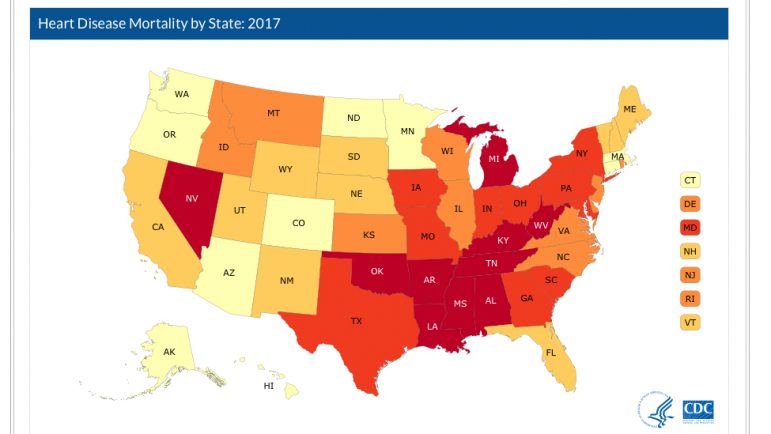People who live in rural parts of the South are 51% more likely to die from heart disease than people who live in metropolitan areas outside the south, according to Suzanne Judd, a professor in the School of Public Health at the University of Alabama at Birmingham (UAB).
“We know there’s a huge rural-urban health disparity in terms of life expectancy and cardiovascular disease burden,” Judd says.
A new study funded by the National Institutes of Health will try to figure out what causes this disparity. The Risk Underlying Rural Areas Longitudinal (RURAL) Cohort Study includes researchers from 16 institutions across the country. UAB is one of the lead partners and will serve as the recruitment and retention center.
The RURAL project will study around 4,000 people who live in the rural South. Researchers are going to build a clinic on wheels that will house a full-sized CT scanner and travel to 10 counties across Alabama, Mississippi, Kentucky and Louisiana. Participants who enroll in the study will get a comprehensive health screening and genetic testing. They will also be interviewed about their environment and lifestyle choices.
Judd says the study also includes funding to hire community health workers to recruit participants and connect them with local resources.
“The goal is to actually have some infrastructure in the county,” Judd says, “so that we’re not just walking in and walking out, that we’re leaving behind some infrastructure related to health.”
The RURAL study is funded with $21.4 million from the NIH to last six years. In Alabama, research is likely to take place in Wilcox and Dallas counties.

